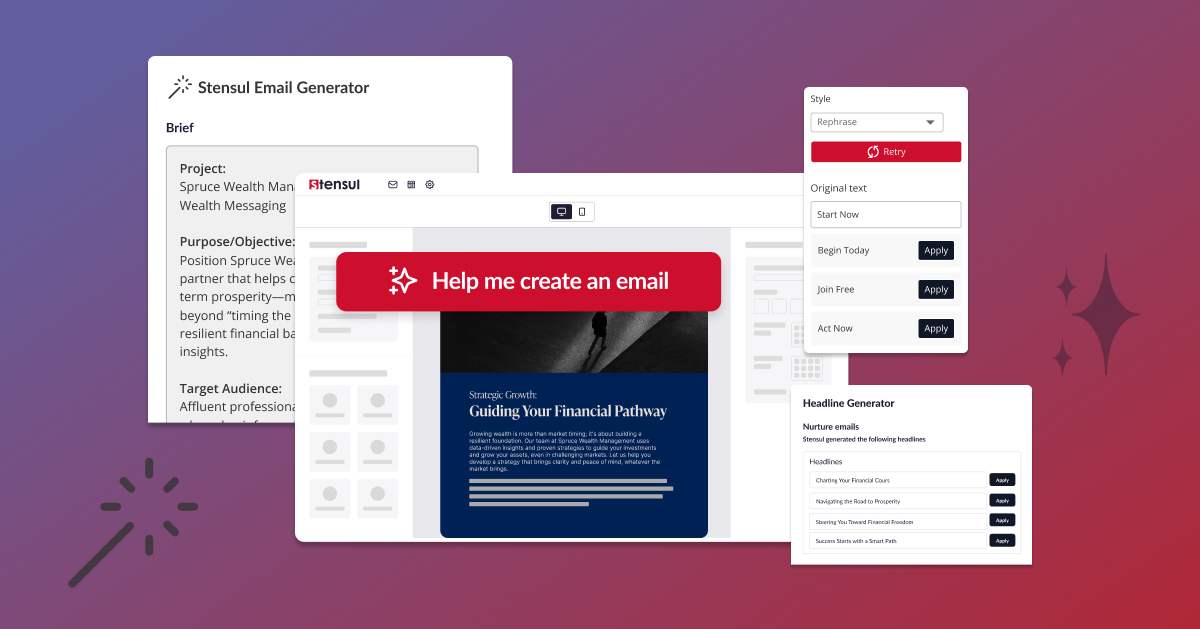We all know how important it is to have clear and consistent brand marketing across all channels.
Customers need to understand who you are, what your mission is, and what you’re selling.
In previous blogs, we’ve covered how to align your email marketing with your brand marketing, and how to ensure unified branding across a distributed marketing team.
Now it’s time to go back to square one and look at how to create strong brand guidelines for your email marketing programs.
Why you need email brand guidelines

First off, why do you need brand guidelines specifically for email, as opposed to general brand guidelines?
According to Litmus, almost 38% of brands don’t have email brand guidelines, and it’s a real disadvantage.
Think of all the external agencies, designers, developers, and copywriters you use to do email marketing.
If you don’t have these specific guidelines in place, all of these resources are operating in the dark.
Without providing in-depth email-specific style guides, you’re relying on their interpretations of your overall brand guidelines.
Don’t leave things to chance, start thinking about what brand guidelines apply to your email marketing efforts.
Email brand guidelines 101

As you know, your general brand guidelines will cover your approved font styles and sizes, colors, image styles, and logo sizes and placement.
But what guidelines can you develop that are email-specific and address the unique characteristics of this channel?
First off, there’s the subject line, your sender name, and preview text. What rules do your email marketers need to follow when it comes to these elements?
For instance, how should the sender name appear and would this ever change depending on the target audience? Are you allowed to use emojis in subject lines? What words should you use? What words should you NOT be using?
You should also consider the tone of your messaging, and whether it’s more informal or conversational than what your brand would use for a print or web campaign.
You’ll also need to set guidelines for images, the file type you prefer, image sizes, the maximum file size, and your approach to alt text for images.
If your brand’s approved fonts aren’t supported by all email clients then you’ll need to choose some acceptable web fonts and set some rules around their usage.
Another email-specific guideline you’ll need to implement is around call-to-actions (CTAs). How do they appear in emails? Do you have specific colors and fonts for CTA buttons? Are there different rules for primary CTAs versus secondary CTAs?
You should also figure out the order of your emails, such as what section should always come first and so on. You also need to set rules for your footer, like what elements are locked and what elements can be changed.
Sit down with your email team and start brainstorming the answers to these questions. Review your previous emails and see where you’ve been consistent, and where you haven’t.
If you want to learn more about brand compliance in email marketing, reach out to us at hello@stensul.com.




